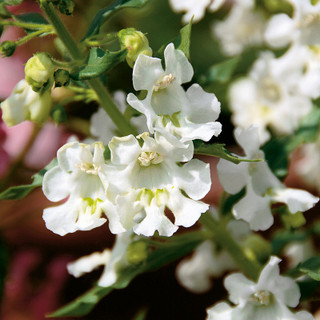Lantana
Uses:
- Containers
- Garden Bed Borders
- Wildlife Gardens
Features:
- Sun & Heat Loving Annual
- Multi Colored Blooms
- Attracts Bees, Butterflies & Hummingbirds
Sunlight:
- Full Sun
- 6+ Hours of Direct Sun
In most areas of the country, gardeners enjoy stunning lantana in the summer only, as pretty flowering borders and container plants. Plant lantanas in full sun where all pollinators can enjoy them.
Growing Lantana
Hybridizers continue to create stunning color combinations in lantana varieties. We offer more than a dozen varieties with pink, yellow, lavender, and orange color combinations. Most lantanas grow to about 24 inches high and around when used as annuals. Where they are perennial, they reach 5 feet tall and about 4 feet wide.
Lantanas are easy-care flowering plants. If lantanas lack flowers, they likely need more sun and less fertilizer. Lantanas are perfect for adding bright color to summer gardens and for bringing butterflies to the garden.
The Best Way to Use Lantana
Lantana can spread in containers to create a thriller color focus. Plant several lantanas to create a colorful groundcover effect. Place lantanas near patios and decks to see pollinators visit the large flower clusters. Add a little compost to the hole when planting lantanas and place them in full sun.
Lantana Companion Plants
Lantanas pair well with other sun and heat loving annuals or perennials. Try planting with other pollinating plants like butterfly bushes, salvia, & angelonia. Or combine with foliage interest plants like sweet potato vines and coleus.




